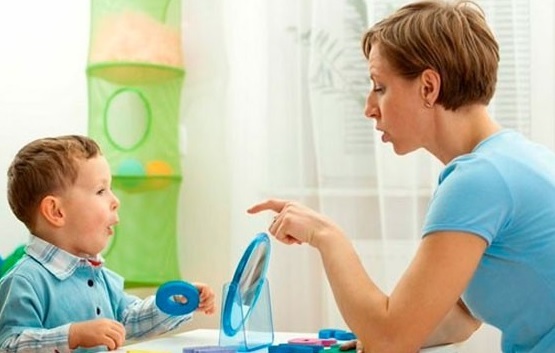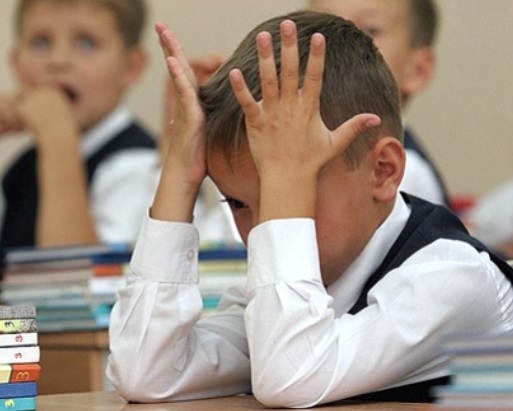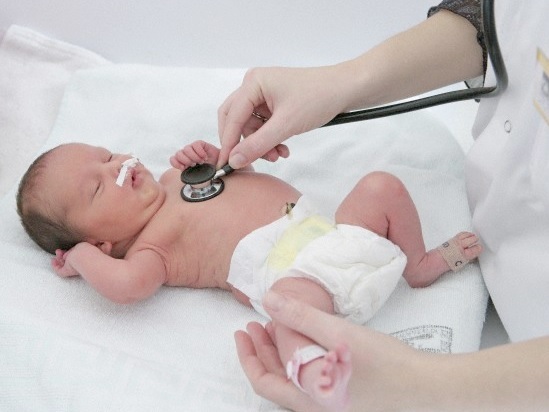Residual-organic lesion of the central nervous system
Contents:
- Origin of the residual-organic pathology of the central nervous system
- Clinical manifestations of residual CNS damage
- Treatment of residual CNS damage
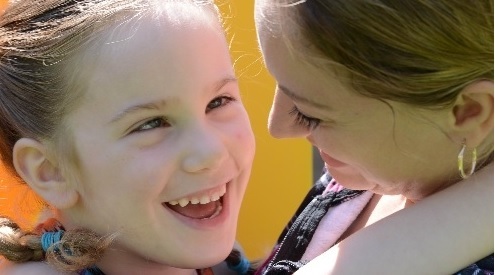 Residual-organic CNS damage is the consequence of structural damage to the brain and spinal cord of the perinatal period. This period corresponds to the period from 154 days of gestation( 22 weeks), when the weight of the fetus reaches 500 g, on the seventh day after birth. Given the modern possibilities of nursing newborns, it is believed that from this time the child remains viable even with premature birth. However, it remains vulnerable to a variety of pathological effects, which can adversely affect the work of the nervous system.
Residual-organic CNS damage is the consequence of structural damage to the brain and spinal cord of the perinatal period. This period corresponds to the period from 154 days of gestation( 22 weeks), when the weight of the fetus reaches 500 g, on the seventh day after birth. Given the modern possibilities of nursing newborns, it is believed that from this time the child remains viable even with premature birth. However, it remains vulnerable to a variety of pathological effects, which can adversely affect the work of the nervous system.
The origin of the residual-organic pathology of the central nervous system
The factors that adversely affect the development of the fetus and the newborn include
- chromosomal diseases( mutations and consequences of gametopathies);
- physical factors( bad ecology, radiation, lack of oxygen consumption);
- chemical factors( use of medicines, household chemicals, chronic and acute intoxication with alcohol and drugs);
- malnutrition( starvation, vitamin-mineral depletion of the diet, protein deficiency);
- of a woman's illness( acute and chronic diseases of the mother);
- pathological conditions during pregnancy( gestosis, lesion of a child's place, abnormality of the umbilical cord);
- deviations in the course of labor( delivery weakness, rapid or prolonged labor, premature placental abruption).
Under the influence of these factors, the differentiation of tissues is disrupted, and fetopathies, intrauterine growth retardation, prematurity are formed, which can subsequently provoke an organic lesion of the central nervous system. The following perinatal pathology leads to the consequences of organic CNS lesions:
- hypoxic;
- traumatic;
- is dismetabolic;
- is contagious.
Clinical manifestations of residual CNS lesions
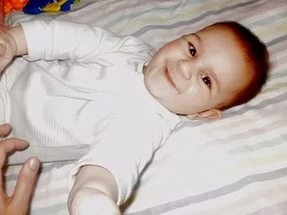 Clinically, the organic lesion of the central nervous system in children manifests itself from the first days of life. The neurologist already at the first examination can be found external signs of brain suffering - tonus disorders, tremor of the chin and pens, general anxiety, delay in the formation of arbitrary movements. With severe brain damage, focal neurological symptoms are revealed.
Clinically, the organic lesion of the central nervous system in children manifests itself from the first days of life. The neurologist already at the first examination can be found external signs of brain suffering - tonus disorders, tremor of the chin and pens, general anxiety, delay in the formation of arbitrary movements. With severe brain damage, focal neurological symptoms are revealed.
Sometimes signs of brain damage are detected only when additional examination methods( for example, neurosonography) are carried out. In this case, they speak of the clinically mute course of perinatal pathology.
Important! In cases of absence of clinical symptoms of organic pathology of the brain, the damage to the nervous system, revealed using methods of instrumental diagnosis, does not require treatment. It requires only dynamic observation and repeated studies.
Residual CNS lesion in children is manifested:
- cerebrosthenic syndrome( rapid exhaustion, unreasonable fatigue, mood lability, lack of adaptation to mental and physical stress, tearfulness, irritability, capriciousness);
- neurosis-like syndrome( tics, enuresis, phobias);
- encephalopathy( decreased cognitive function, diffuse focal neurological symptoms);
- psychopathy( phenomena of affect, aggressiveness in behavior, disinhibition, reduction of criticism);
- organic-mental infantilism( Apato-Abulian manifestations, suppression, statement, the formation of dependencies);
- minimal brain dysfunction( a syndrome of motor hyperactivity with attention deficit).
Detailed explanation of the syndromes can be obtained by looking at the thematic video.
Treatment for residual CNS damage
Monitoring of patients with consequences of organic CNS damage, the treatment of which involves a fairly long process, should be comprehensive. In view of the progression of the disease and the subtype of its course, a personal choice of therapy is required for each patient. Comprehensive observation is based on connecting to the process of correction of doctors, relatives and, if possible, friends, educators, psychologists, patients themselves.
The main areas of treatment include:
- medical supervision of the general condition of the child;
- regular examination of a neurologist using neuropsychological techniques, testing;
- drug therapy( psychostimulants, neuroleptics, tranquilizers, sedatives, nootropic, vasoactive drugs, vitamin-mineral complexes);
- non-pharmacological correction( massage, kinesitherapy, physiotherapy, acupuncture);
- Neuropsychological rehabilitation( including correction of speech disorders);
- psychotherapeutic impact on the environment of the child;
- work with educators in educational institutions and organization of special education.
Important! Complex treatment from the first years of life of the child will help to significantly improve the effectiveness of rehabilitation.
Residual-organic damage to the nervous system is more clearly revealed as it ripens. They directly correlate with the time and duration of the effect of the damaging factor on the CNS.
Residual effects of brain damage in the perinatal period may predispose to the development of cerebral diseases and form a model of deviant behavior. Timely and competent treatment will allow to stop the symptoms, restore the full functioning of the nervous system and socialize the child.
write the question in the form below:

